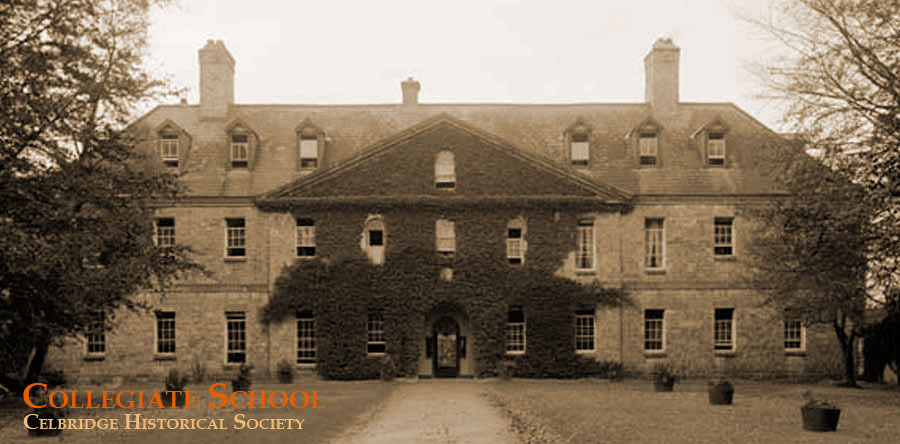Collegiate School

The former Celbridge Collegiate School (53°20′06″N 6°33′11″W) on the Clane road was founded as a charity school. The vision for the school was set out in the will of William Conolly:
“to be laid out by them a convenient building in or near to the town of Celbridge in the county of Kildare on such spot of ground as shall be set out for them for that purpose by my said dear wife and nephew for the reception of forty orphans or other poor children.”
Construction on a building to house 40 orphans started in 1732 by architect Thomas Burgh who also built the Royal Barracks and the library building at Trinity College in Dublin. Construction cost £1500 and a second architect, Isaac Wills, was employed.
The aim of the original charity school was to rescue children of the “poor natives from ignorance and superstition” and instruct them in “the English tongue, in manners and in the Protestant faith”. Patronage of the school passed down the Conolly line. Arthur Price left a further £1,000 towards the school in his will in 1772.
Students were employed on the farm and they carried on linen and hempen manufacture through all stages from seed, to loom, to bleaching.
In 1857 the school lobbied that the emphasis of the school should change, as it was now “unattainable that the original intention of fitting the girls as household servants was determined to be adhered to.”
By 1881 “Celbridge girls were known as some of the cleverest and best taught children in the Kildare Street Training School and became school mistresses who were highly prized in the country and had gained great success.”
In 1895 fee paying students were admitted and the original role as an industrial school for the poor abandoned. In 1901 the school joined the intermediate scheme and quickly became known as a nursery of teachers for the Church of Ireland training college, and later, during Anna O’Connor’s period as headmistress from 1942 to 1967, for the proficiency of the students in the Irish language.
It continued to serve as a boarding school for Protestant girls until 1973. When the Incorporated Society for Promoting Protestant Schools in Ireland closed the school and transferred the pupils to Kilkenny.
The building was utilized as the Setanta Hotel from 1980 to 2008. Structural and design changes took place under the Hotel’s several owners.
